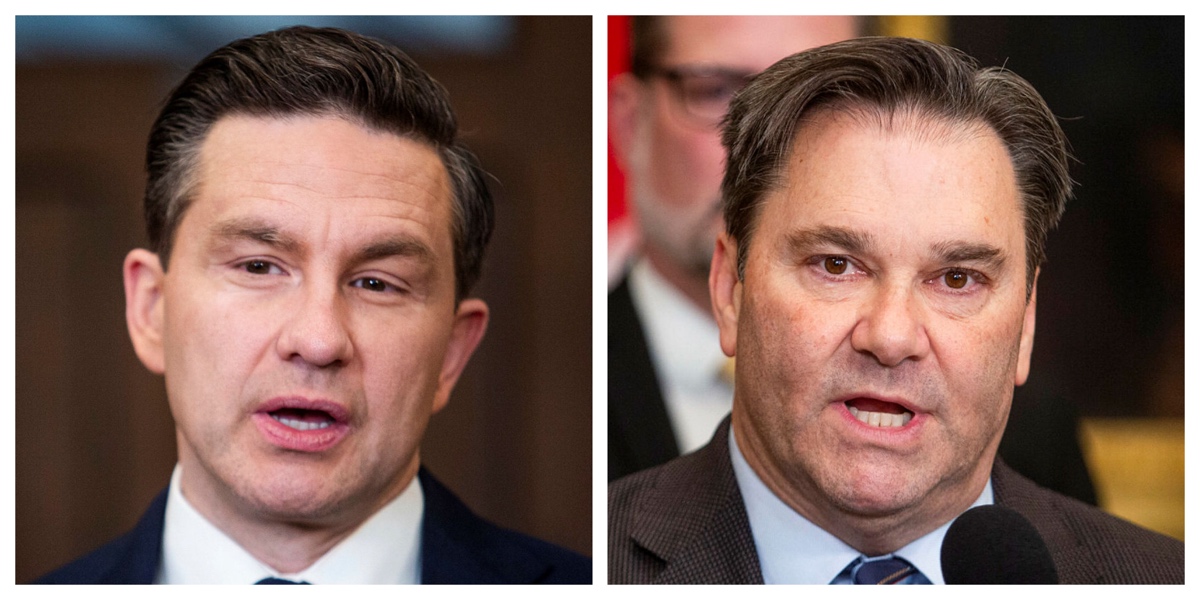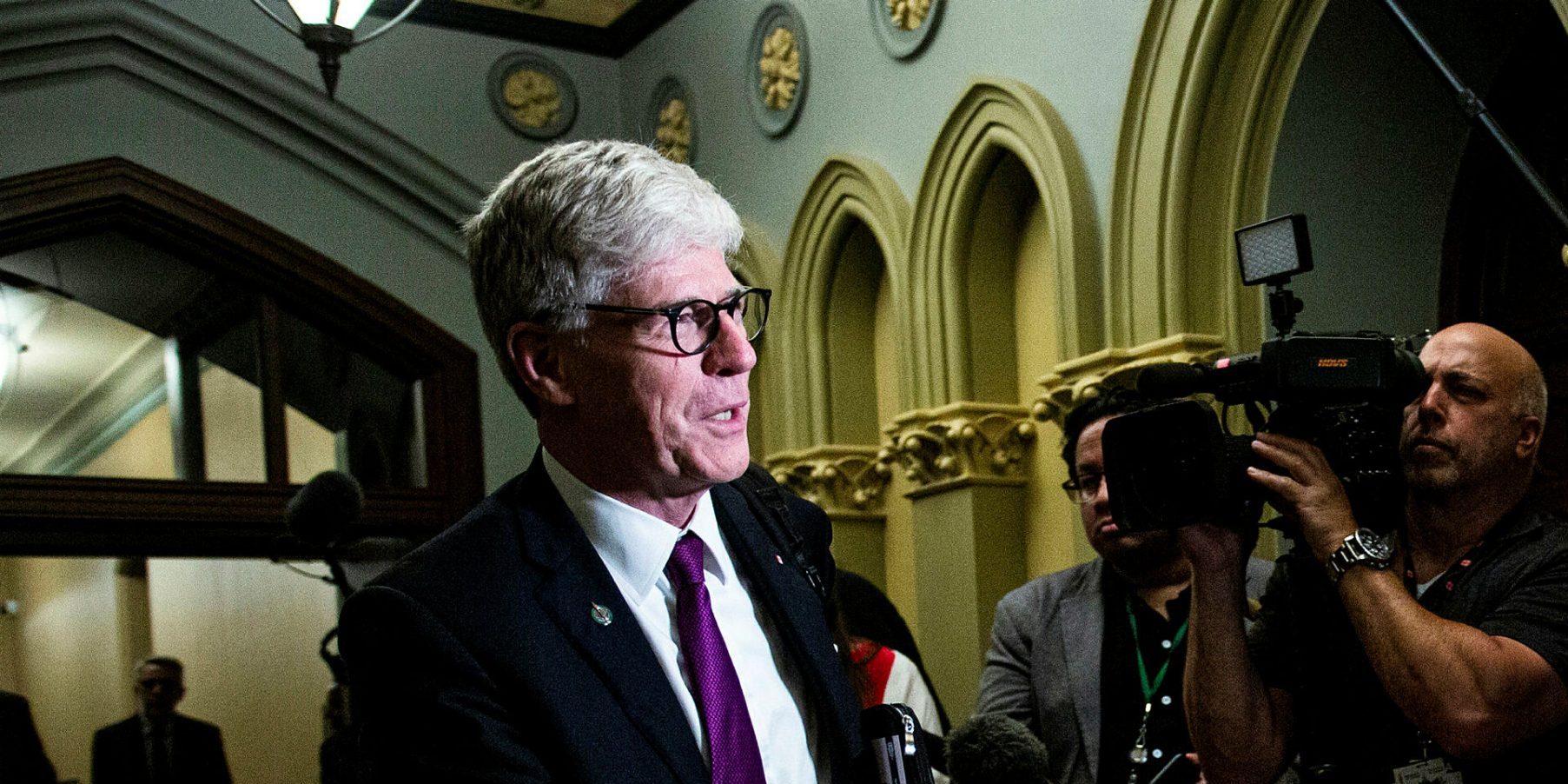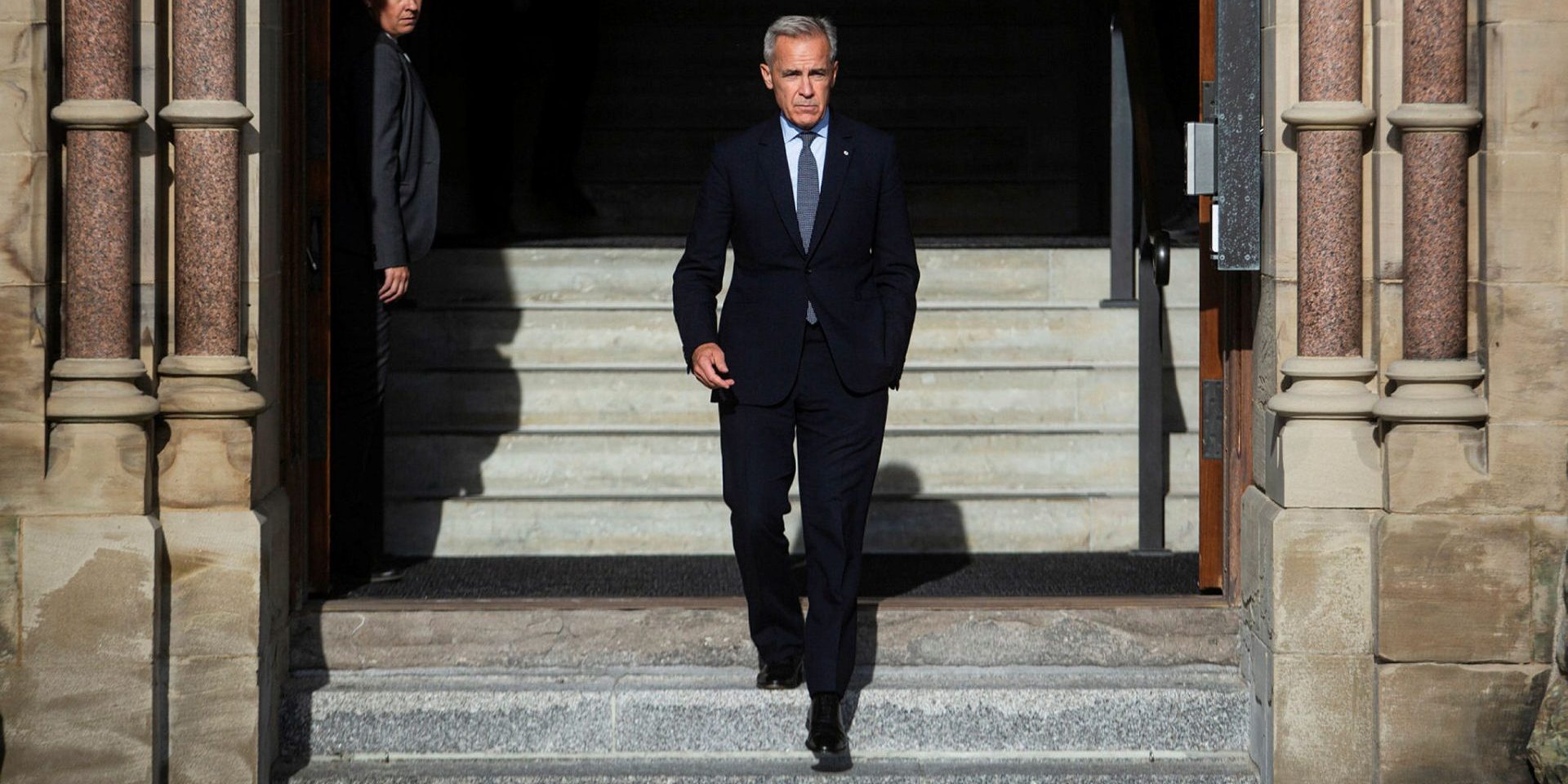Conservatives, NDP should make the most of the summer recess

OTTAWA—The House of Commons has risen for the summer, and it is hard not to argue that Prime Minister Mark Carney’s team is off to a good start. Though the Liberals weren’t successful in winning a majority in April’s election, they do have a public mood that is more favourable to them than not.
Carney got the King to Ottawa to read his first Throne Speech. He committed Canada to achieving its two per cent of GDP defence spending target. All of his early legislative agenda was passed by the House of Commons and now sits with the Senate. He had two in-person meetings with American President Donald Trump that have been cordial and lean positive. He hosted and managed a G7 on Canadian soil. He, along with Trump, suggested some trade and tariff deals could be struck by mid-July.
The early expectations Carney set out are on track to be met. Though he may be courting trouble with many of Canada’s Indigenous leaders who are concerned his major projects legislation will give short shift to Indigenous rights and have limited consultation. Other prime ministers have learned that not properly and duly working with Indigenous leaders can derail agendas quite quickly. Little wonder then that Prime Minister Carney, in a Friday evening end-of-legislative session press conference on June 20, tried to argue consultation with First Nations leaders would be substantive and real.
Pierre Poilievre and the Conservatives are hoping summer and fall will be better for them than were the winter and spring. Now that Poilievre knows he will face a party leadership review vote at the end of January 2026, his mind ought to be focused. He’d win that vote today, but January is months away.
He and the Conservatives have a new opponent who they have, to date, generally underestimated. Hoping Carney’s honeymoon will eventually end, and opportunity will be theirs again, is not enough of a plan.
Ramming on the same things they have been, with the same tone and approach, is not enough, and probably not wise. If rage worked for a while last time, how about presenting a serious alternative to the Liberals at a time when Canadians seem to want to gravitas, not gravy-train grovelling?
The Conservatives, like the other parties, do need the rest summer provides, but that time should be used to reflect. What does a competitive strategy look like? Showing more of what talent exists in the caucus? Accepting their leader has public connection problems, how do you manage that? Stephen Harper had a connection problem, but ultimately worked through it with a competency offering. All options aren’t lost for them.
The NDP’s biggest challenge over the coming months is figuring out what their leadership race looks like, and who might contest it. Also, what is their brand offering going to be? What can they do to insert themselves into public conversation so as not to be forgotten? How to they begin to inflame the seeds of discontent among NDP-Liberal switch voters who supported Carney out of a fear that Poilievre’s Conservatives would form government?
While it is not usual after an election to feel like those who lost are still a bit lost on why they did, it feels like this is more of an acute thing for both the Conservatives and the NDP. For their own purposes, they need to move past that point. If they don’t, this minority government might have a multiple-years-long run as opposed to the normal 12 to 18 months.
Tim Powers is chairman of Summa Strategies, and managing director of Abacus Data. He is a former adviser to Conservative political leaders.
The Hill Times






 LICENSING
LICENSING PODCAST
PODCAST ALERTS
ALERTS


